As we look at the world we live in, and attempt to navigate the extraordinary pace of technological change, it can be overwhelming. But as individuals we have a choice: Do we want to create or merely consume? Do we want to use technological tools or just play with toys? Do we want to become competent in the 21st century digital environment, or merely comfortable? We know what we have, and we know what we’re working on, but we don’t really know where it will all lead. Only time will tell. But if we continue to be informed by the past as we live in the present and look towards the future, we will put ourselves in a strong position to adapt to whatever environment the future will hold. And it will be here before you know it.
Welcome to this course! Please dive in to the course blocks and sessions below. Remember, each session is considered one-week’s worth of material, so don’t fall behind, but feel free to venture forward a bit if you have the time in your schedule. Be sure though to keep in sync with what responsibilities you have via the course Moodle page.
This first block of sessions has been created as a chance to revisit some of the core elements of digital art and technology that you most likely recall from an earlier course. You will review and build upon some new ideas including hardware/software, digital computation, the internet, the cloud and big data.
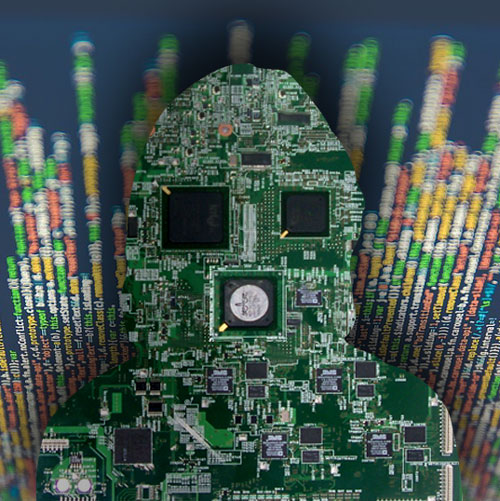
SESSION 01 :: BASIC COMPONENTS
We will start our journey with a look into the basics of the interactions we have daily with our various technologies. It is imperative that we as digital artists and content creators hold ourselves responsible for understanding what the tools are using are comprised of, how they actually function and how we interface with them at a more professional and competent manner. We will cover hardware and software, as well as file types and formats.

SESSION 02 :: INTERNET & THE WEB
It’s often overlooked how the launching of a small satellite in 1957 by the Soviet Union impacted the mindset of the United States and set in motion the development of a network computational system that would change the world.
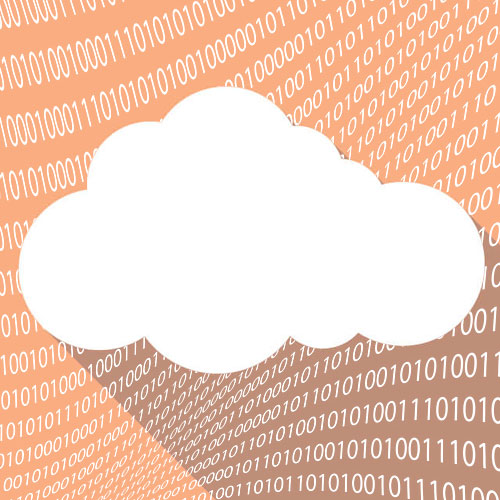
SESSION 03 :: COMPUTING
From calculators to the cloud. How did we get here? This week, we are going to explore how we have taken bits of metal, combined them with zeros and ones, and created machines that power our world. We’ll have a look at just what this “Cloud” is, how it works, and how shared mainframe usage in the 1950s laid the foundation for today, a world where unfathomable amounts of data is stored, shared, and accessed virtually by millions of users every single second.

SESSION 04 :: BIG DATA
Every day billions of people interact in some way or another with digital devices whether they know it or not. Each of these electronic interactions creates a little bit of data that is sent off and stored somewhere, forever recorded in time. If it’s a quick check of Facebook before starting the day, or having a bagel and coffee scanned and paid for by a credit card, or walking past a surveillance camera on the corner of a building, or doing a load of laundry with your smart washer. This information is kept alongside all the other instances of the world in a massive web of servers and drives. There are plenty of useful applications of this data, and plenty of harmful ones. We will look at what Big Data is and how it affects us and the rest of the world.
This next block of sessions is focusing on what we will call the Digital Subculture, which encompasses the vast and varied areas of creation and exploration within today’s digital/tech environment. We will be looking into the maker culture and maker spaces, gaming, virtual reality and augmented reality. We will also explore some of the important topics of creative ownership and making sure we create and design within a legal and moral code. Even digital artists who aren’t particularly focused in these areas themselves must be aware of the intense movement and breakthrough development of this subculture community. Chances are you will be interacting with these creators eventually in some way or another.
On the topic of tech, you should have a look at this year’s highlights from CES in Las Vagas.

SESSION 05 :: MAKER CULTURE
Mankind has always been eager to make and build, design and create. It is also in our blood to take something that has already been made or created, and make it better or different, or even just tinker with it to see how it works. This is essentially the spirit behind the Maker Culture. In this session we will visit the ideas behind being a consumer vs a creator, tools vs toys, 3D printing and micro controllers, and talk about obsolescence in today’s tech era.

SESSION 06 :: GAMING
There is no doubt that the interactive media industry (primarily gaming) is a massive force in today’s world. It’s estimated that last in 2016 the money spent on games reached $92b, which is more than consumers spend on movies ($62b) and recorded music ($18b) combined. This means that the games industry is now five times larger than the music industry, and 1.5 times larger than the film industry. Last year the gaming industry directly and indirectly employed nearly 200,000 people with employees earning an average of $100,000 in comparison to the average US household income of $67,000. Surprising? Maybe not. There are many ways to game now, with the widespread use of mobile devices, on top of desktop gaming and dedicated consoles. So obviously we can’t ignore it – we must celebrate it, and be more in tune with how it works, where it’s going and how to get involved.

SESSION 07 :: VIRTUAL REALITY
VR in this era spans across many genres: games, experiences, film, training in the science and medical fields, education, digital painting and sculpture, and so on. This session takes a look at this fantastic addition to our digital interactive experiences and explores where it got its start, how it works and where we think it might lead us in the next few years ahead of us.

SESSION 08 :: AUGMENTED REALITY
The natural move from the tech of VR is to AR, Augmented Reality. The ideas behind this technology have been around for a very long time, and it has been only recently when we have started to see an attempt to tap into the mainstream of our culture. It’s been one of the more difficult innovations to find its way to catch on, but it’s definitely happening, and it’s going to be huge. This session will provide a look into the history, science and implications of augmented reality.
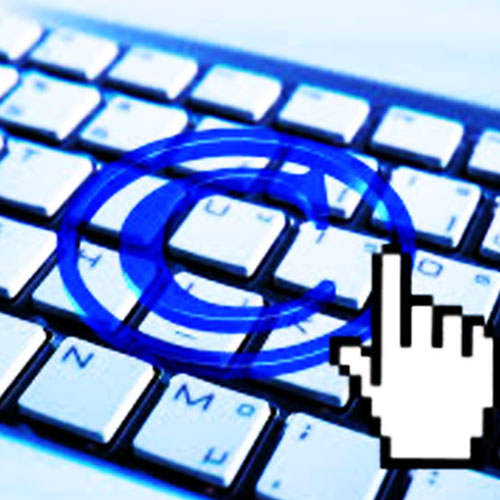
SESSION 09 :: OWNERSHIP
Digital content is being created at rates beyond our comprehension, meaning there is a vast sea of information out there that is available to virtually anyone. It is always difficult for early digital artists to resist the urge of grabbing a picture from here, sourcing a movie from there, inserting a hit song, etc. all without realizing the complex issue of licensing and legal usage. This session will focus on these important topics, as well as ways to make sure that we as artists know how to protect and share our own work.
We are now about 60 years into the computer Revolution. It’s been 40 years since the invention of the micro processor and we’re a little over 20 years into the rise of the modern internet. A decade ago an estimated 50 million people worldwide used broadband internet. Today that number is closer to 2 billion and growing rapidly. We now live in a world in which events in one country can be digitally reported/photographed, globally transmitted, uploaded and viewed by a billion people in a matter of minutes, if not seconds. Video conferencing, mobile applications and the ever expanding capabilities of cloud computing are a few of the examples of the dramatic changes taking place. International collaboration with multiple artists thousands of miles apart, engaged in simultaneous production is changing the way we look at the immediacy of art making – we are no longer restricted geographically. The fact is that artists will soon be constantly connected in a globally-networked environment, and it’s critical for those inhabiting this world to develop a process and protocol that lays a solid foundation for creative development.

SESSION 10 :: ACCELERATION
In futures studies and the history of technology, accelerating change is a perceived increase in the rate of technological change throughout history, which may suggest faster and more profound change in the future and may or may not be accompanied by equally profound social and cultural change.
Big Idea: Technology Grows Exponentially. The doubling of computer processing speed every 18 months, known as Moore’s Law, is just one manifestation of the greater trend that all technological change occurs at an exponential rate.

SESSION 11 :: DEEP/DARK WEB
There’s a hidden part of the internet that is much larger than the parts of the surface web you use every day – Facebook, Google, and Amazon. But do you really understand the information that is lying beyond those user-friendly and respectable websites? The Deep Web and the Dark Web, areas mostly used for hiding identities and sensitive data – usually for normal day-to-day housekeeping stuff. However the deeper you go, the more illegal and surprisingly awful and inhumane acts loom in much shadier, nearly invisible corners. But this vast ocean of content really isn’t invisible – you can access it – legally. But should you even want to visit the Deep or Dark Web?
In this session, we will discuss the definitions and realities of this portion of the web, as well as the topic of cryptocurrency/blockchain currency and the current trends in Bitcoin.
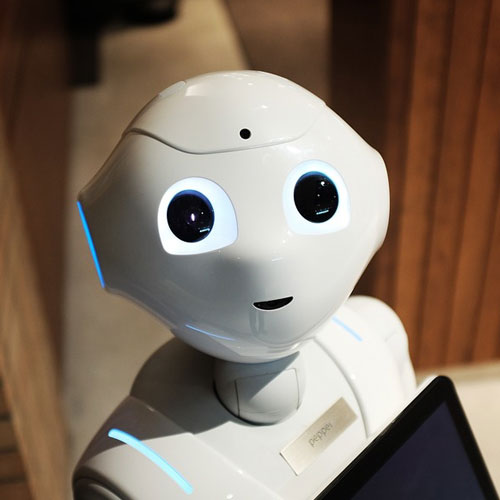
SESSION 12 :: HUMAN TECH
When Ray Kurzweil published “The Age Of Spiritual Machines” in 1999, he predicted a new era of thinking machines that will meet and then exceed human intelligence. The idea, which seemed outlandish at the time, doesn’t seem so crazy anymore. Today, computers are taking over the work of humans and it appears that we are entering a new industrial revolution. This session will look at biometrics, robotics, nano-bots, and transhumanism.
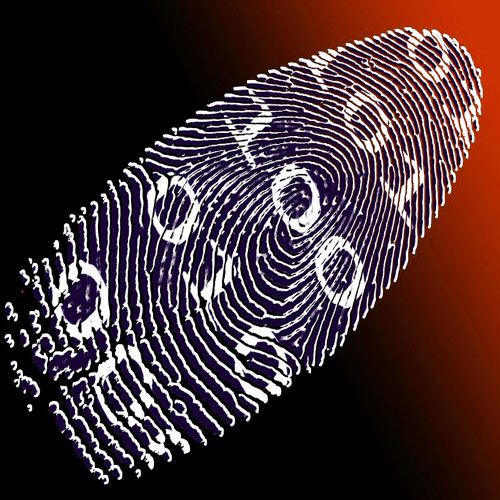
SESSION 13 :: DIGITAL CITIZENSHIP
A digital citizen is defined as anyone who uses the internet and/or information technologies regularly in order to engage in social, political, and/or government-based activity. Digital citizenship ultimately begins when any person – child, teen or adult signs up for an email address, posts pictures online, uses e-commerce to buy merchandise online, etc. So, most likely that means you.
This session is intended to help create a positive digital culture that supports safe and responsible technology use. We hope to stimulate you to think critically, behave safely, and participate responsibly in our digital world through topics on security, private and personal information, spoofing and ethics.

SESSION 14 :: STAYING HEALTHY
Being a digital artist and creator comes with certain stereotypes : we play videogames; our day jobs are all about computers; and we consume huge amounts of media through many devices and outlets. That adds up to a lot of screen time. Balancing our health habits with our general habits can be been challenging, since computers and health don’t naturally go hand in hand.
This closing session will be tackling how to balance your health with our tech-loving, hyperconnected world.
